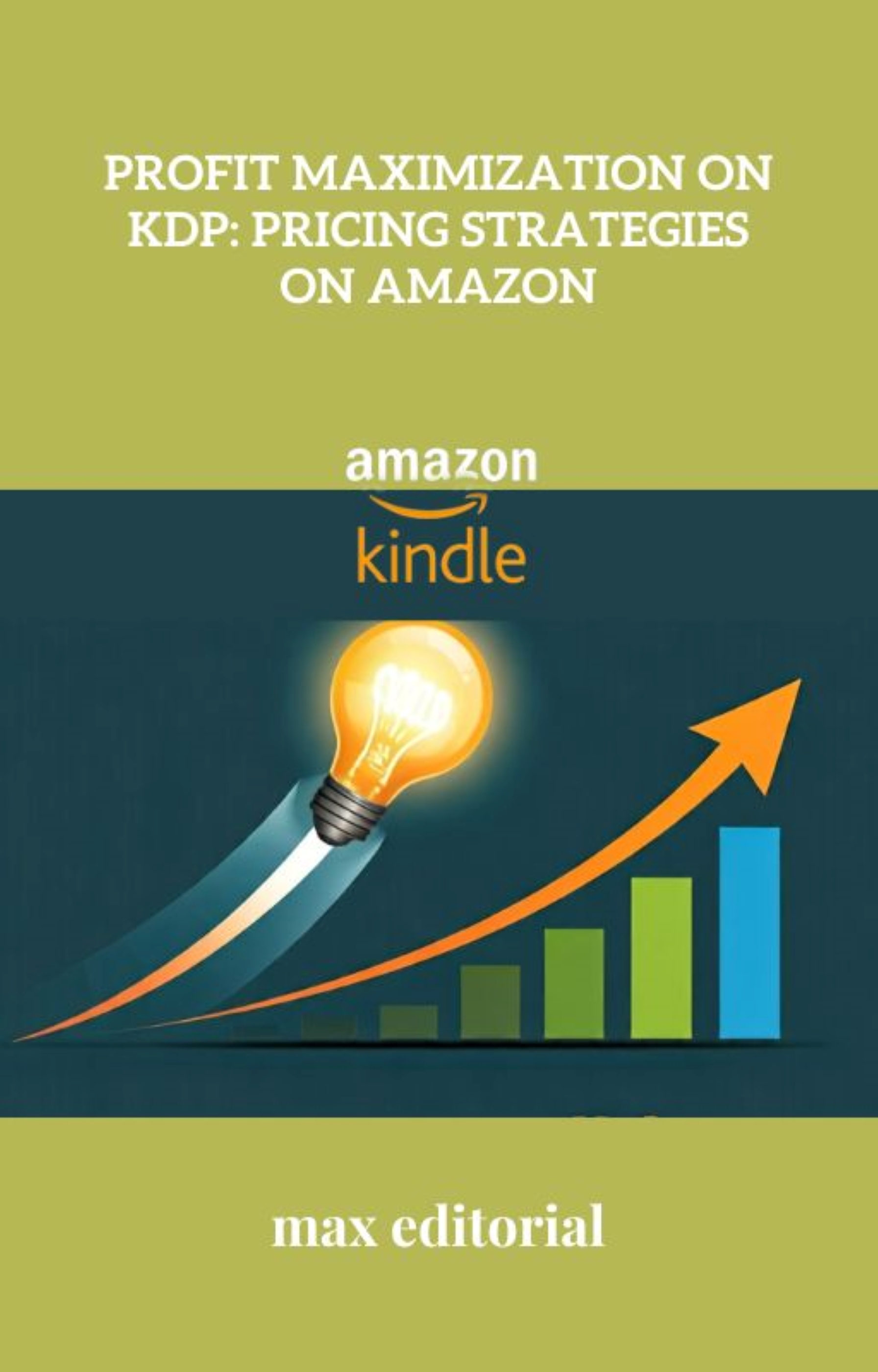In the vast universe of Kindle Direct According to KDP Publishing , pricing an e-book isn't just a matter of choosing a number; it's an art that can make or break your work. Effective pricing involves much more than simply setting a price; it's about understanding the value your book offers to readers and how that value is perceived in the marketplace.
Perceived Value and Price Elasticity
The first step to effective pricing is understanding the concept of perceived value. Perceived value is the amount a reader is willing to pay for your book based on their perception of its quality, relevance, and usefulness. For example, an e-book on personal development that offers practical, actionable insights may be perceived as more valuable than a generic guide. Therefore, your price should reflect this perception.
Price elasticity is another crucial concept. It refers to how demand for your book varies in response to price changes. If demand is very sensitive to price changes, you may be dealing with an elastic market; if not, the market is inelastic. Books that have elastic demand may benefit from more frequent promotions and price adjustments .
Setting the Ideal Price
To find the right price, start by analyzing the market. Look at books that are similar in terms of genre, length, and quality. What you'll notice is that even though books are similar, the price can vary significantly. This is because different authors have different strategies and the market is fluid.
Another approach is to use the cost-plus-margin method. Determine the cost of producing your book (including creation, editing, and design) and add a desired profit margin. However, this method should be adjusted based on perceived value and market elasticity.
Practical Example:
Suppose you've written a vegan recipe guide . After reviewing similar books, you notice that prices range from $4.99 to $9.99. Your book is well-researched and features unique recipes, so you decide to price it at $6.99. You run an A/B test, offering your book at $5.99 and $7.99 at different time periods. When you analyze sales, you find that the $6.99 price range maximizes your profits while maintaining good demand. Based on this test, you adjust the price to that range.
Understanding the Market and Target Audience
Learn Much More...
